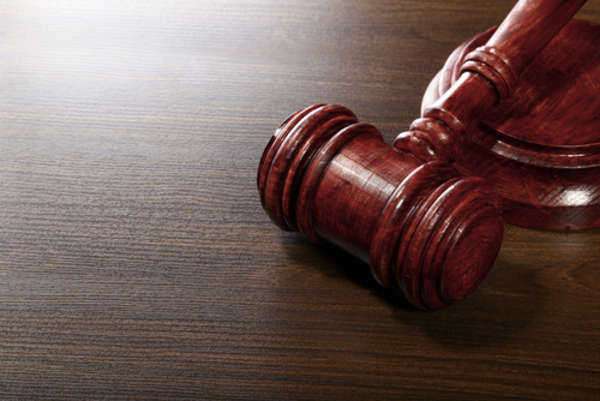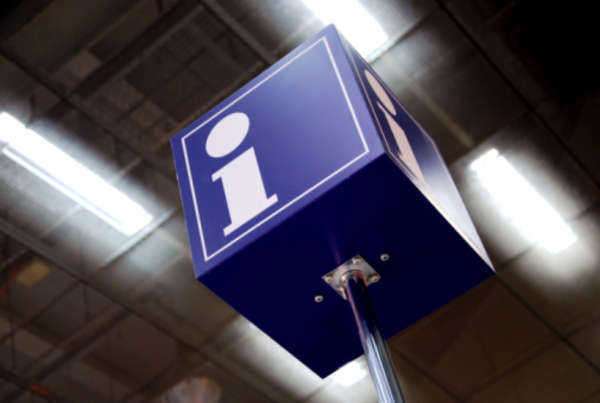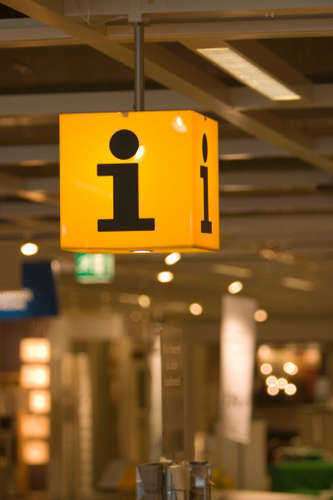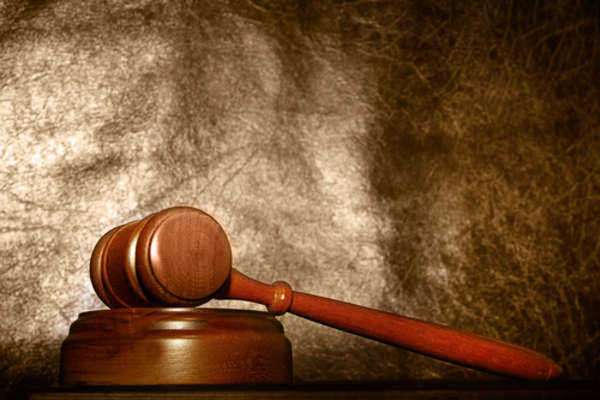Administrative Provisions of the Patent Cooperation Treaty




The Patent Cooperation Treaty addresses some more common aspects of international patent law under its Common Provisions chapter. These rules provide for a simple and general collection that address legislation regarding broad topics. However, two important considerations under the common provisions are worth note for they address a specific kind of international patent law protection in the contracting states.
These certain kinds of protection are included in Articles 43 and 44. Article 43 provides for the ability to seek certain kinds of protection, such as inventors' certificates, patents or certificates of additions, utility certificates of addition, and utility models. In certain instances, inventors or creators will seek these types of protection in the contracting states–for those that offer them–rather than an actual patent because of certain protection rights that they may grant. At the time of the international patent application submission, under international patent law, the applicant must provide for the necessary information as well as the affirmation of employing this option must be notified to the appropriate office.
Article 44 simply relates to the option of employing two or more of these kinds of patent protection, and how the applicant is to make note of such choice apparent in the application. It is important for the applicant to know whether or not a particular contracting state or country provides for these types of patent protection rights under their national or domestic jurisdictions. Article 45 provides for a similar concept with extends the possibility for further patent protection. Under international patent law governed by the Patent Cooperation Treaty, an applicant submitting an international patent application may also decide to have the application submitted to be recognized under any regional or national treaties for patent registration.
If the applicant deems to have an advantageous purpose, he/she may choose to have the international application to be considered as an application for a national or regional submission for registration. The nation or country elected for international patent registration may then review the application, and if it coincides with their domestic patent laws and regulations, it can be submitted for a patent grant for that particular nation. This option provides for an applicant of an international patent registration to submit for consideration patents to be granted under the contracting states through one application process.
Articles 47 through 49 provide for a more general guideline regarding broad topics to be considered under the Patent Cooperation Treaty. Articles 47 and 48 deal with the imposed time limits under PCT regulations. Though there are various time limits imposed under the legislation, the actual limits themselves are not specifically referred to in this chapter. Time limits vary depending on the various actions to be carried out by PCT standards, and are included in their specific sections of the their legislation. In this section, it simply stated that the time limits are subject to change and are at the discretion of the members of the Assembly.
Changes in the imposed time limits under international patent law must be submitted to a vote. Only a unanimous vote will allow the amendment of the prescribed time limits in the PCT legislation. The concept of time limits in this section also includes provisions where exceptions may be considered. If there is any type of discrepancy in the transfer of information by any of the involved parties in the application and registration procedures due mail service interruptions, or loss or delay of materials in the mail. If such an instance is to occur, the time limits shall be considered as met if the necessary proof can be provided. Article 48 also provides for the authority of any contracting state or nation to excuse time limits at their discretion. Article 49 is probably the most general of the regulations under the Common Provisions of the international patent law. Contact patent lawyers to review your case.
It simply states that any person that files an international application for registration has the right to employ an attorney, a patent agent, or relevant representatives to aid in all aspects of the international patent registration procedure. It states that attorneys are entitled to practice before the International Bureau, the International Searching Authority, and the International Preliminary Examining Authority, in regards to a client's application to any of these organizations.

The Patent Cooperation Treaty definitely has an impact on patent law, and particularly, on international patent registration. In regards to the United States patent laws, however, there is no real impact that can be reflected upon the actual body of legislation or regulations. The impact itself can come in terms of the overall intention of the PCT, which was to facilitate for recognition of patent rights in foreign countries through using a single application and registration process. The PCT allows for a United States patent owner or holder to file an application under this system, and if approved, have that patent recognized by all the signatory states or countries abiding by the PCT patent law.
Furthermore, under United States patent law, if an individual files for an international patent registration within one year of the U.S. filing for patent registration, the foreign country will recognized the application as having the date of original filing in the United States. One of the key advantages provided by the PCT is that under this international patent registration system, the “national phase” of international registration can be delayed.
In other words, implementing the PCT will allow for more time to consider the implications of filing for patent rights in certain countries that filing in each individual country would not provide due to their own patent law and patent registration procedures. The reason that the Patent Cooperation Treaty has no true implications on the United States patent law system is that it is designed to be self-sufficient; in other words, the PCT is formulated as a faction apart from the domestic patent registration systems of its signatories, and simply works with them to help the international patent registration procedure be simpler.
On the international scale, the Patent Cooperation Treaty serves as the main international patent law and international patent registration system. The functionality and its structure resemble that of the Madrid System, which is an international system for the registration of trademarks–which is also governed by the International Bureau. Though there is no formal international patent to be obtained–patent rights are administered by domestic offices as if they were properly registered under their own laws–the PCT acts as a unified and extensive system designed to implement patent law and protection across world.
Though international patent registration under the PCT patent law system requires that a country be a signatory to its provisions, in certain cases, countries or nations not having membership may also be considered for international patent registration and protection rights. The effectiveness of the Patent Cooperation Treaty in securing patent protection rights in several countries through a single patent application process makes it an attractive option for countries throughout the world, thus making its implementation a more universal practice. Contact patent lawyers to review your case.

The Patent Cooperation Treaty has a coalition of 142 members as of 2009. The countries comprising this membership make it possible for their domestic patents to be internationally recognized and protected in a broad spectrum. The signatories to the Patent Cooperation Union make it possible for the regulations and provisions provided to become a sort of international patent law that governs patents at the international level. Though actual international patents do not exist, the PCT is established and deemed as international patent law for it creates the opportunity for protection rights in foreign countries. The signatories or members of the Patent Cooperation Treaty make up what is known as the International Patent Cooperation Union.
This Union also has an Assembly, which meets to discuss matters pertaining to the PCT and international patent law concerns. As of 2009, the Assembly has met forty times, with the last Assembly undertaking matters as amendments to the PCT Regulations, management systems for the PCT International Authorities, and appointment of various foreign patent offices Searching and Examining Authorities for the PCT. Every signatory state or country is member of the Assembly. The overall purpose of the Assembly is to confer and discuss on various topics such as the amendment of the PCT Regulations as found under the Treaty, the budget of the Union, the regulation of imposed fees under the PCT system, and the adoption of the triennial budget program.
The Assembly itself also has established an Executive Committee. Each signatory nation may appoint one representative or delegate to the Committee. The Executive Committee is in charge of drafting the agenda for the Assembly, submitting proposals and periodical reports, and other duties as delegated by the Assembly. The Committee is to be comprised of exactly one-fourth of the number of members of the Assembly. As of its revision in 2001, the tasks and duties assigned to the can be found under Chapter V of the Patent Cooperation Treaty. Arguably, the most important task under taken by both the Assembly and the Committee is to appropriately determine and evaluate the international patent law revisions as submitted during each conference.
The international patent law provisions under the Treaty affect in signatory nation and the effort for revisions and amendments are made in a collaborative and cohesive effort with the purpose of allowing equal representation in the Assembly, as well as securing international patent rights and protection for all of the member nations involved the Patent Cooperation Treaty. Contact patent lawyers to review your case.

